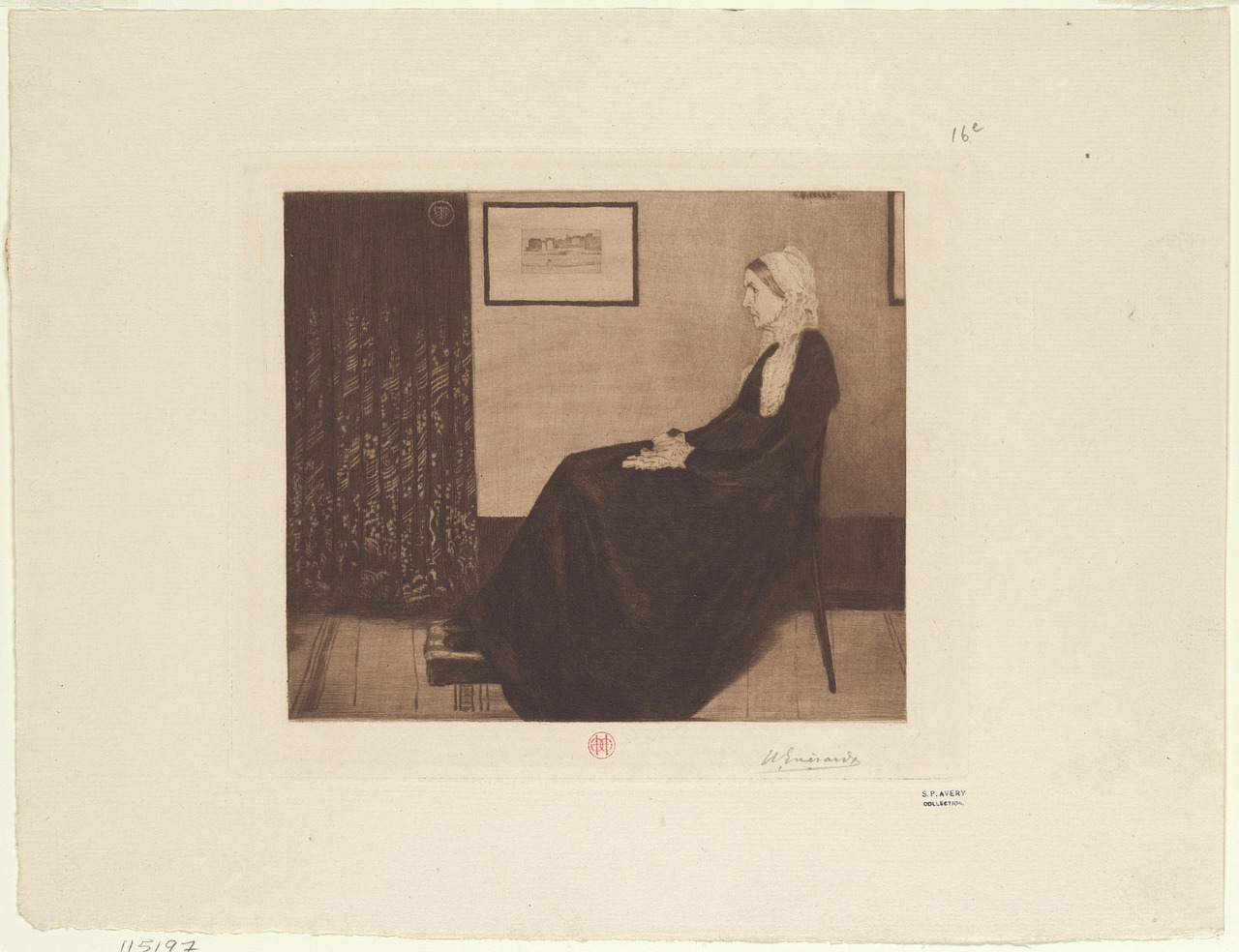
In an artistic age of shocking statements and bold choices, it is essential that we don’t ignore the rich history of art that came before us. By looking back at the world’s most well known pieces of art, we can contextualise and further appreciate what we have in front of us today. Only a tiny number of the world’s masterpieces are truly timeless, and this post aims to bring some of the most iconic, long-lasting works to you.
Mona Lisa
Artist: Leonardo Da Vinchi Year: 1503-1517 (approx) Displayed in The Louvre, Paris
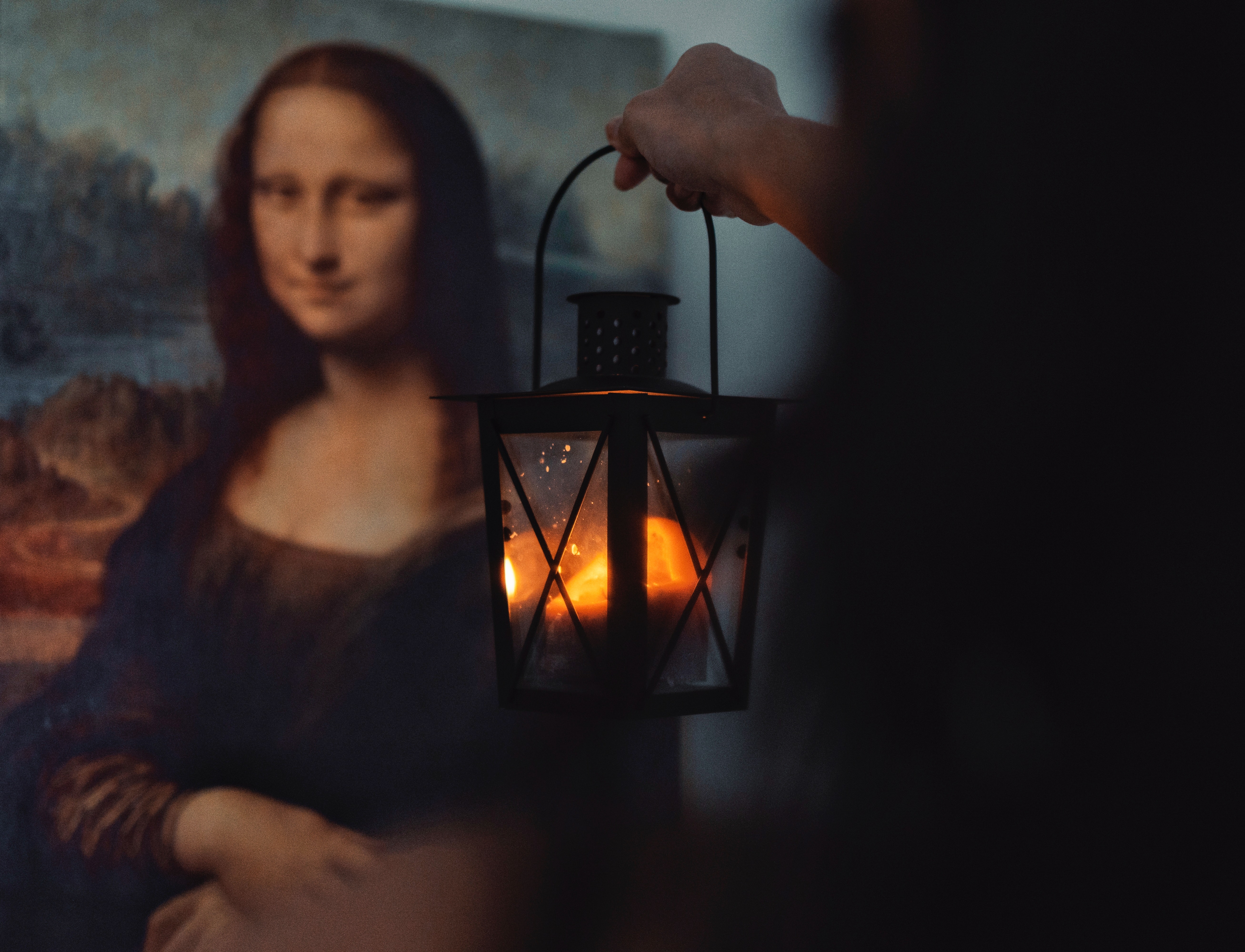
The Mona Lisa is perhaps the most well known painting in the world. Since its inception at the beginning of the 16th century, there have been countless essays written, poems devised, and songs performed about this historic marvel. Much of the piece’s wonder comes from its ambiguity. The titular woman in the portrait - assumed to be the Italian noblewoman Lisa Giocondo - is presented with an unsettling smile, which leads us to speculate her emotional state. Some interpretations declare the woman is content and happy, while others believe the smile is a facade, masking true feelings of sadness or even fear beneath. This puzzle is perhaps the most discussed aspect of the painting, even today. Since the Mona Lisa was placed in the Louvre following the French Revolution, it has seen its fair share of turbulence. The painting was stolen from the museum in 1911, and did not return for three years. Throughout the 20th and even 21st centuries, the enigmatic woman has been subjected to vandalism, including having a rock thrown at her, smashing the protective glass and causing very minor damage. The Mona Lisa still sits proudly in the Louvre today, and is estimated to be worth over $650million, making it one of the most valuable pieces of art in the world.
The Starry Night
Artist: Vincent Van Gough Year: 1889 Displayed in The Museum of Modern Art, New York
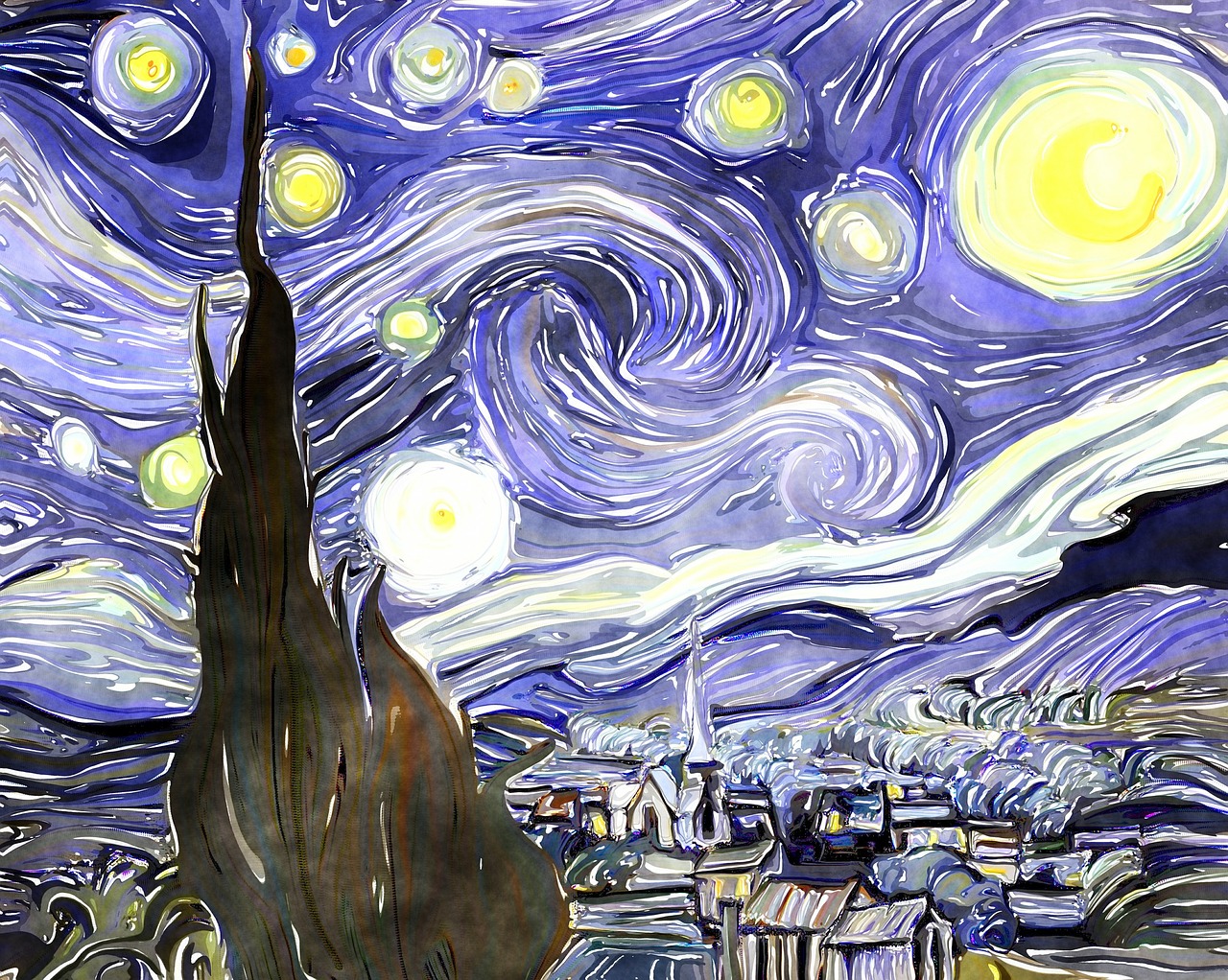
If the Mona Lisa explores the ambiguity of a person, then The Starry Night explores the ambiguity of landscape. In 1889, Van Gough admitted himself to a lunatic asylum at Saint-Paul-de-Mausole. During his stay, Van Gough completed many pieces of art, but by far his most celebrated is The Starry Night, which is a dream-like picture of a fantastical night sky above a sleepy village. The painting invites us to follow the strokes of the paint brush across the nocturnal skyline, which immediately immerses us in this mysterious world. The moon and stars that inhabit the sky offer a warm yet ominous glow to the scene as they watch over the village below, for better or for worse. Indeed, there is definitely a haunting atmosphere lurking within the painting. The distortion of the night sky can be seen as emblematic of the internal torture that accompanied Van Gough throughout his life. Although the scene itself is peaceful, there is something sinister about the way the sky looms above the village. Whatever the true nature of this painting, it is undoubtedly beautiful, and is now one of the most celebrated paintings of all time.
Arrangement in Grey and Black No. 1
Artist: James McNeill Whistler Year: 1871 Displayed in Musée d'Orsay, Paris

More commonly known as Whistler’s Mother, the painting is an illustration of the artist’s mother simply gazing into the distance. Many rumours surround the paintings’ inception, but the exact circumstances that surrounded its creation are unknown. Using predominantly black and white, the mother is portrayed as powerful, almost regal in both posture and appearance. The cultural significance of this painting - in America at least - cannot be overstated, and is the primary reason why it made this list. Throughout the 20th century, the image of Whistler’s Mother was symbolic of American family values. Whistler’s Mother is entrenched into American society even to this day, and has been referenced countless times in American popular culture. For example, it played an enormous role in the 1997 film Bean, in which Mr. Bean accidentally vandalises the iconic painting.
The Scream
Artist: Edvard Munch Year: 1893 On Display in The National Gallery and The Munch Museum in Oslo, Norway
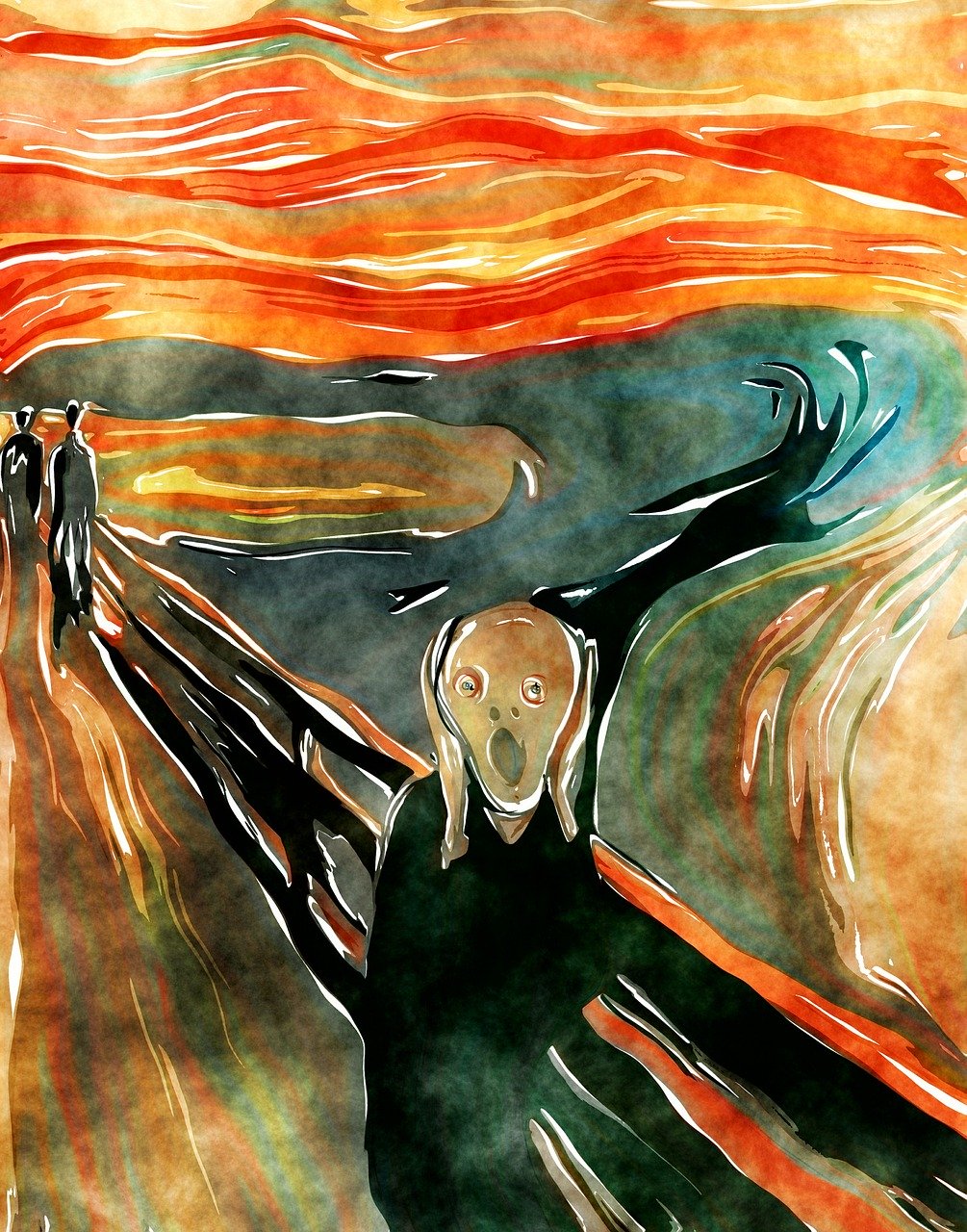
The Scream is said to have been imagined when Munch was taking a walk as the sun was setting. He said he looked over a fjord below and felt as though he could hear nature screaming. That personification of nature is brought to life in this horrific masterpiece. The painting itself displays a gaunt, almost ghostly figure, screaming for some unknown reason beneath a blood red sky. While we’ve already said this was inspired by Munch witnessessing nature itself scream, the painting also highlights the fragility of the human condition. Nobody takes note of the figure screaming, suggesting that the feelings of dread must be confined to our own minds. Or perhaps they do notice, but simply do note care. While mental health wasn’t labelled in the 19th century like it is today, most people today can empathise with the idea of people screaming at their inner demons. The Scream directly influenced the infamous mask featured in the popular movie franchise, Scream.
The Persistence of Memory
Artist: Salvador Dali Year: 1931 Displayed in The Museum of Modern Art, New York
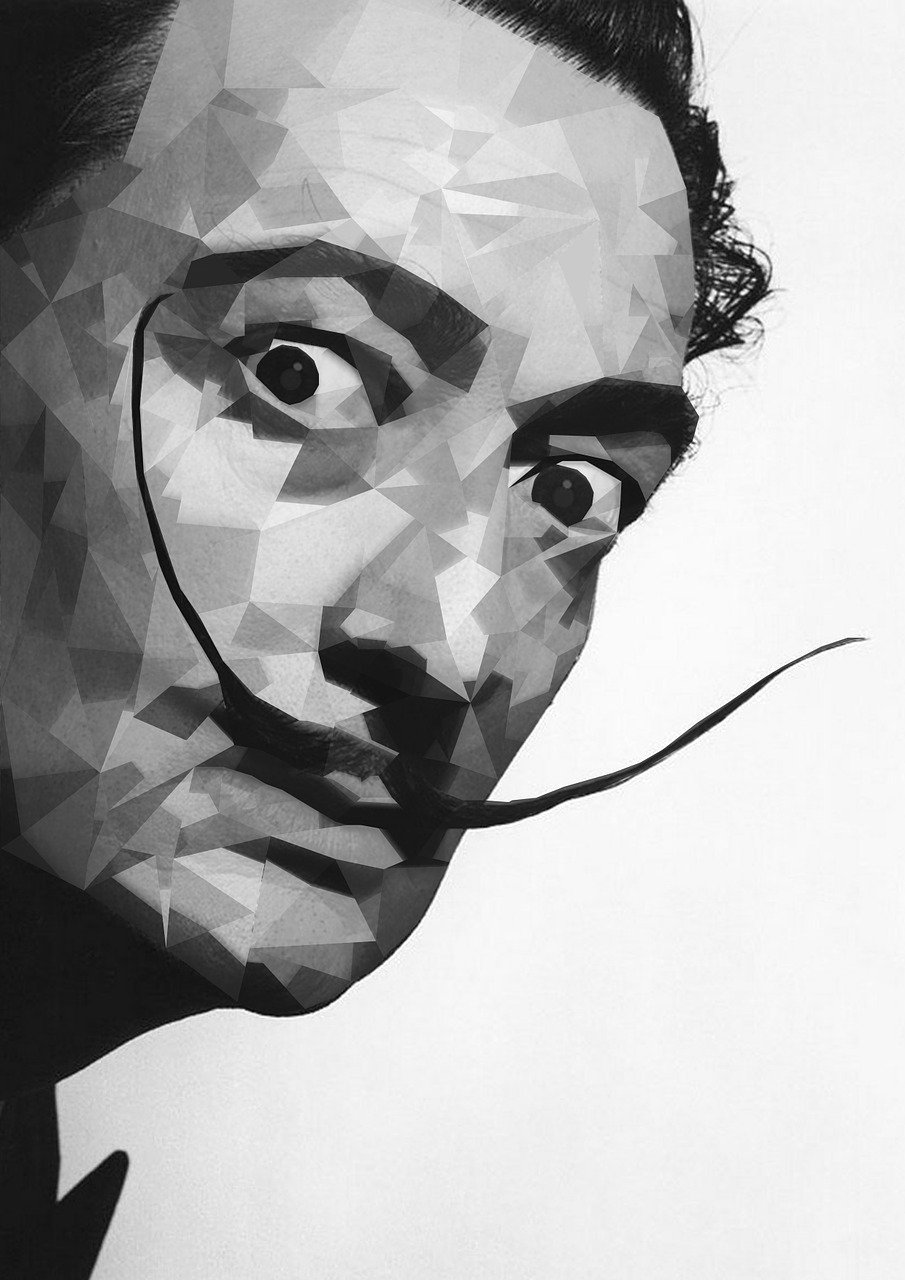
This piece is referred to by many names, including The Melting Clocks and The Soft Watches. It is perhaps one of the most famous and influential pieces of Surrealist art ever produced. Dali and his melting clocks go hand in hand. One rarely thinks of one without the other, such is the synonymy of the two entities. In the case of The Persistence of Memory, the harsh, barren nature of the landscape is off-set by the fluidity and softness of three clocks, resulting in an incredibly symbolic juxtaposition. Many consider the painting to represent an observation on the relativity of space and time, but it’s a scene that causes a wide range of reactions for each individual who studies it.
Trent Galleries
At Trent Galleries, we spend each day celebrating all types of art, including modern, contemporary and urban pieces. We have galleries in Newark, Oakham, and Beverley and Lincoln, and we warmly invite you to come in and see our displays. A nationwide courier service is available for those living further afield. We also host artists events across all of our galleries, where you can come and meet some of your favourite local artists.
To find out more information about specific galleries, such as opening times and more, please visit our contact page.